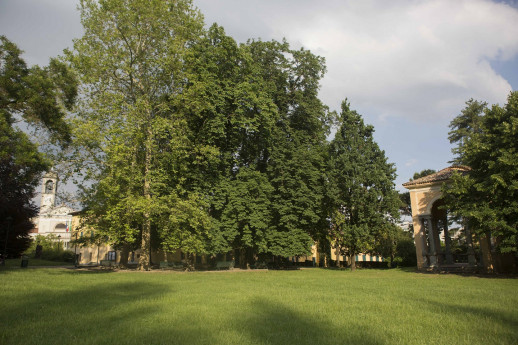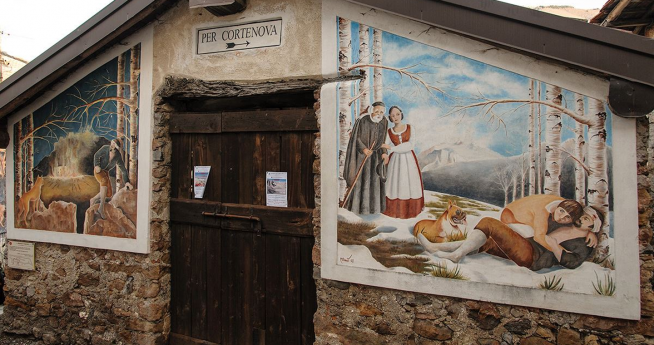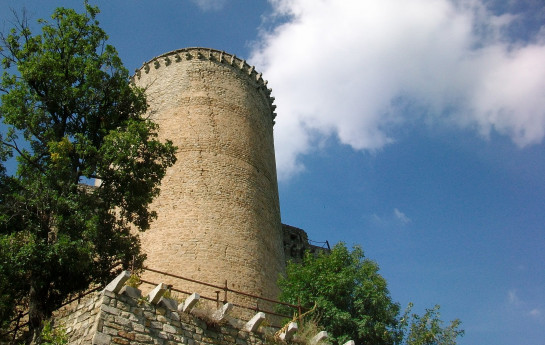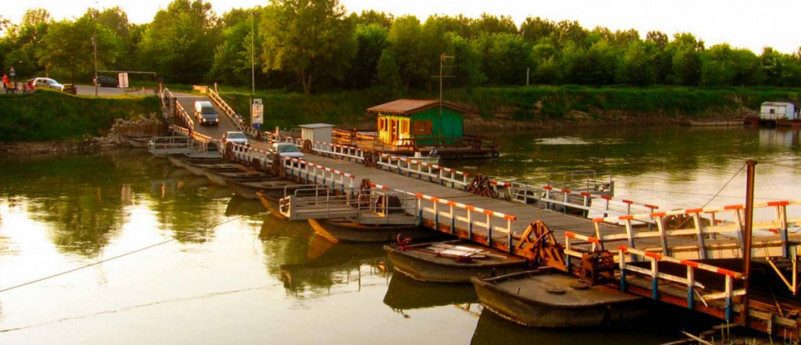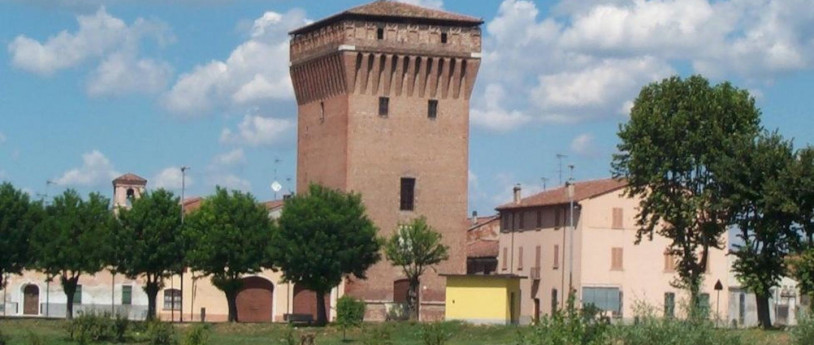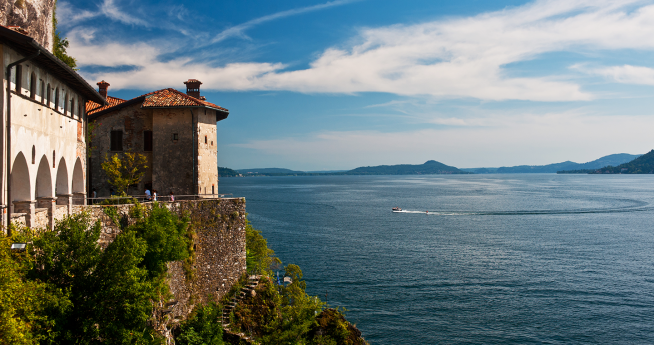Leggiuno
We continue to Leggiuno, a small town in the Province of Varese overlooking the Lombardy shore of Lake Maggiore nestled between the municipalities of Laveno Mombello, Monvalle, Besozzo and Sanzano and bathed by lake waters opposite the famous Borromean Islands. Situated in a hilly area (its name deriving from the Celtic leze dunum, meaning “at the foot of a hill”), the village is a popular summer destination for tourists looking for refreshment.Birthplace of legendary footballer Gigi Riva, it owes its fame to the Hermitage of Santa Caterina del Sasso, a 12th century monastery that overlooks the waters of lake, which can be reached both on foot and using the Navigazione Laghi ferries. Built in the Middle Ages as a hermitage, it was founded by Alberto Besozzi, a wealthy local merchant who, having survived a shipwreck, decided to retire as a hermit on this stretch of coast. He is credited with saving some of the inhabitants of Arolo from the plague and having a chapel dedicated to Saint Catherine of Egypt built in the town. Refitted as a monastery between 1230 and 1250 by a group of Dominican friars, it was then inhabited by the Carmelites until 1770, when it was closed and left to fall into ruin. Restoration work on the Hermitage only began in 1970 when, having become the property of the Province of Varese, its artistic and architectural works were recovered, a commitment that in 1992 brought to light some splendid 14th century frescoes. Still an ascetic and spiritual place, since spring 2019 the monastery has been operated by the Franciscan Fraternity of Bethany. In addition to the Hermitage of Santa Caterina del Sasso, Leggiuno’s church of Saint Primo and Saint Feliciano and the delightful historic church of San Primo are also worth a visit.
